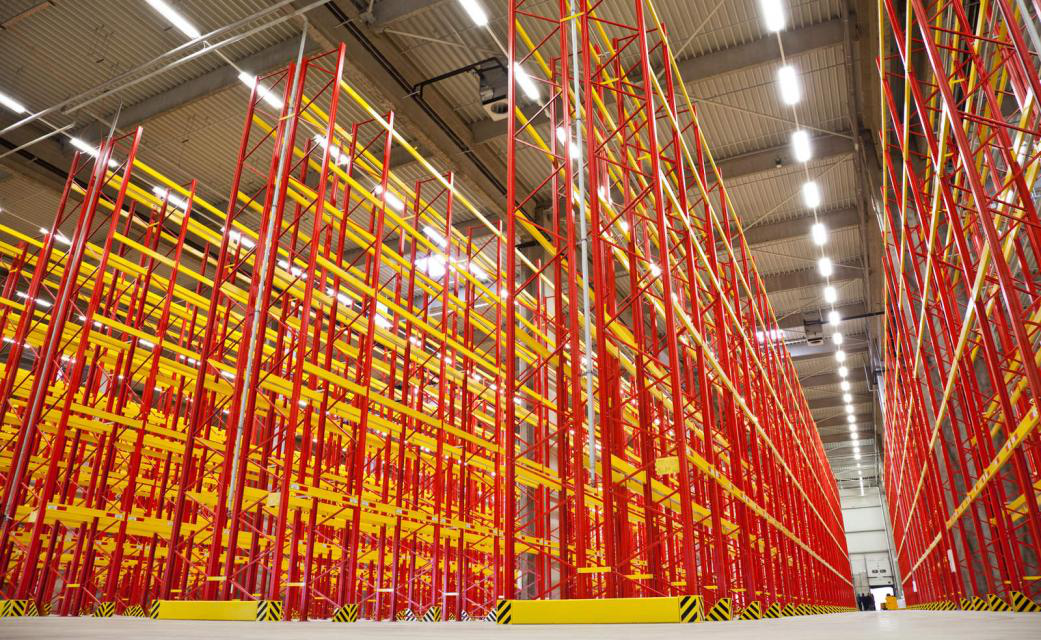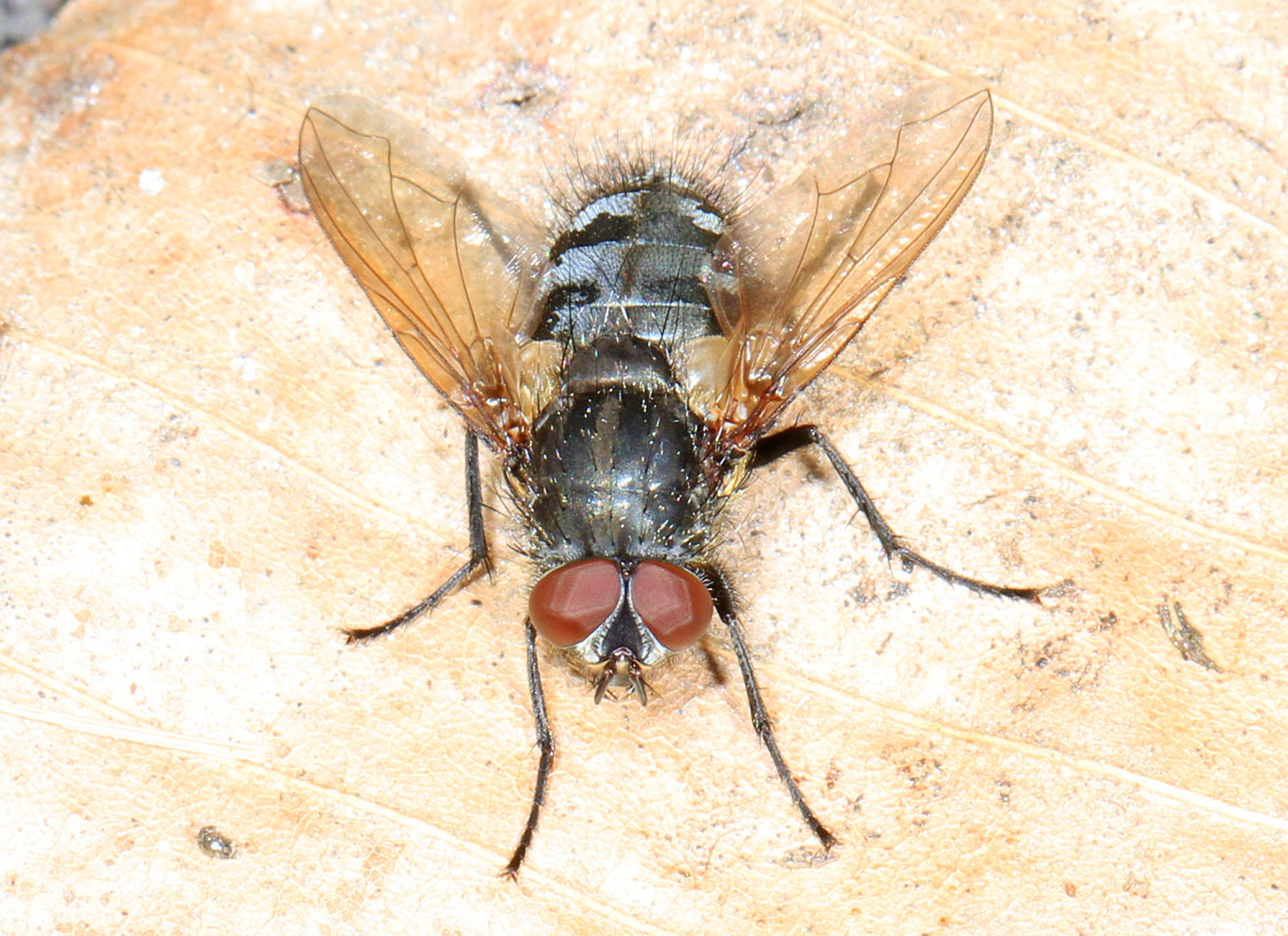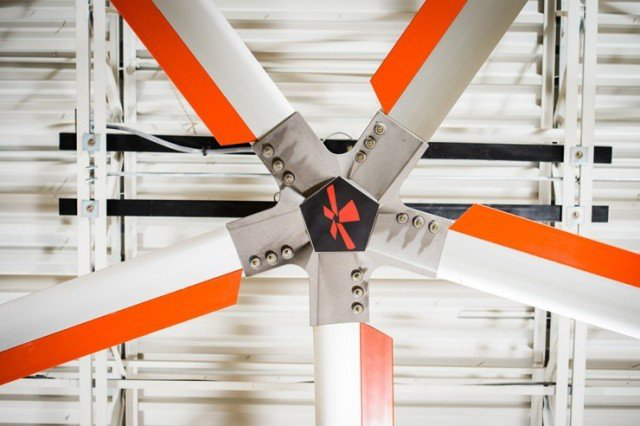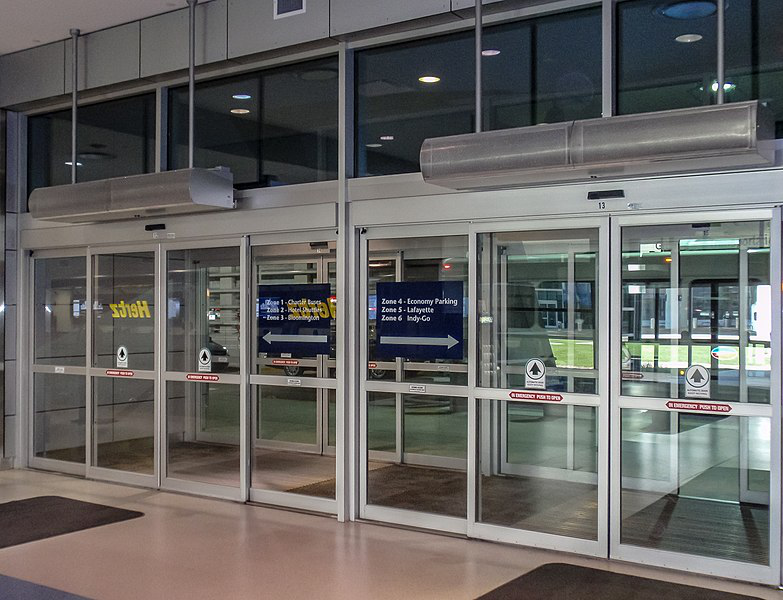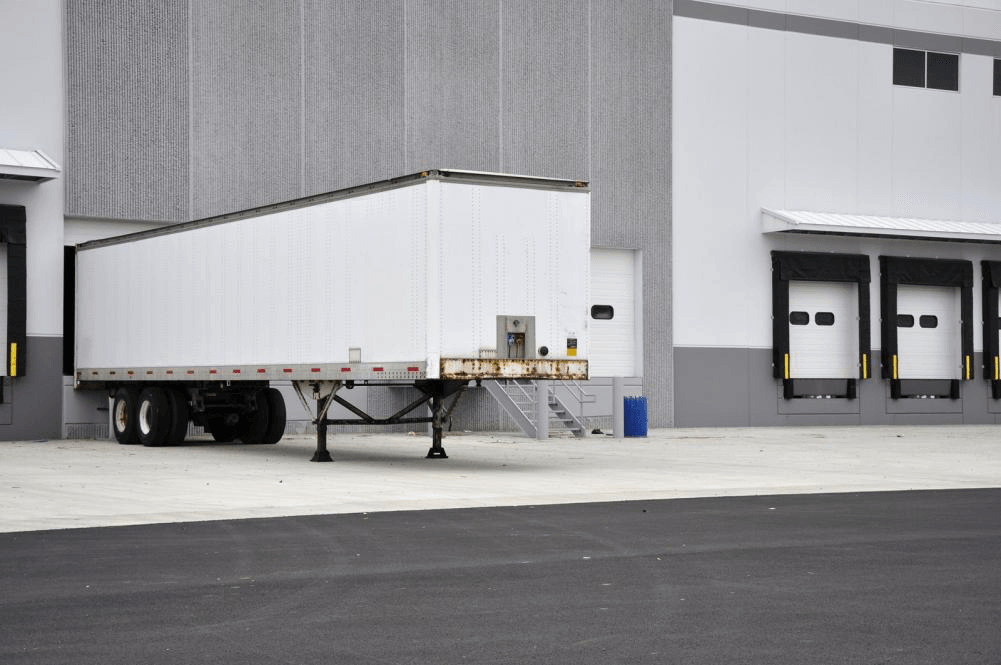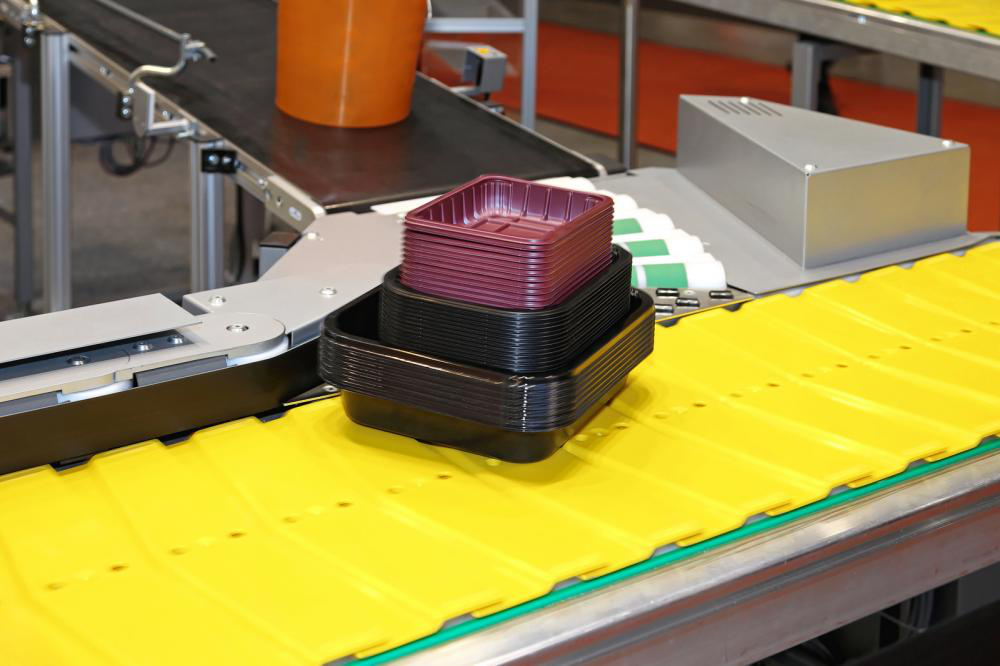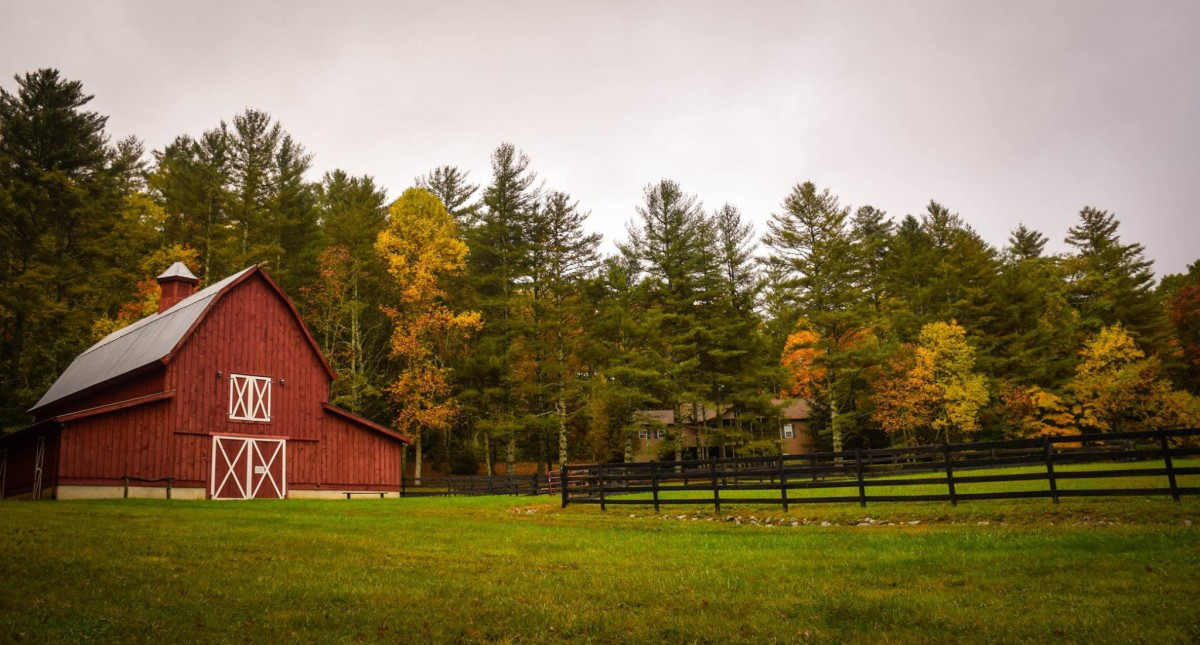A Facility Owner’s Checklist for Installing an HVLS Fan
So after exploring all your options, you’ve finally decided that an HVLS fan will be the best choice for your facility’s ventilation needs, and have gone and bought one. Now there is just one more step left to complete before you can start enjoying the savings and comfort of your HVLS fan and that’s installing it.
Like any other piece of equipment, an HVLS fan needs proper installation planning to ensure effective functioning. Below is a checklist of what you need to consider when installing a new HVLS fan.
Determine fan placement for optimal airflow
This is the most crucial part of the installation process. You must place your fan such that it covers all areas of the facility that you want the airflow to reach.
Consider any obstacles in the room that may create dead spaces. Take into account any heat-generating machines that may impact the airflow. Section the areas into high priority and low priority regions.
Map these room details and decide a location for the fan accordingly. If you feel you need to move things around to optimize results, work out a convenient and practical rearrangement.
Decide if you want to integrate the fan with your existing BMS or not
It’s always recommended to integrate your HVLS fan with your existing building management system (BMS) as doing so provides additional energy savings and ensures optimal fan performance. However, you can opt out of this integration if you want to.
Should you decide to go ahead with the first—preferred—option, make sure to plan for it properly to achieve the best results?
Review local building codes before starting the installation
That pretty much goes without saying; however, it’s still worth mentioning.
An HVLS fan installationshould always be done in line with local building codes. This is to ensure compliance.
Consult a structural engineer for load and mounting method approval
Finally, have your site inspected by a structural engineer to be sure that your building roof can handle the load of the fan and the mounting method that you’ve selected is appropriate for the purpose.
Make adjustments where needed based on the recommendations proposed by your structural engineer.
One last note before we go: always hire a licensed electrician for installing HVLS fans, since DIY installations are not safe and can put your investment at risk.
For further reading: 5 common HVLS fan myths—debunked!
